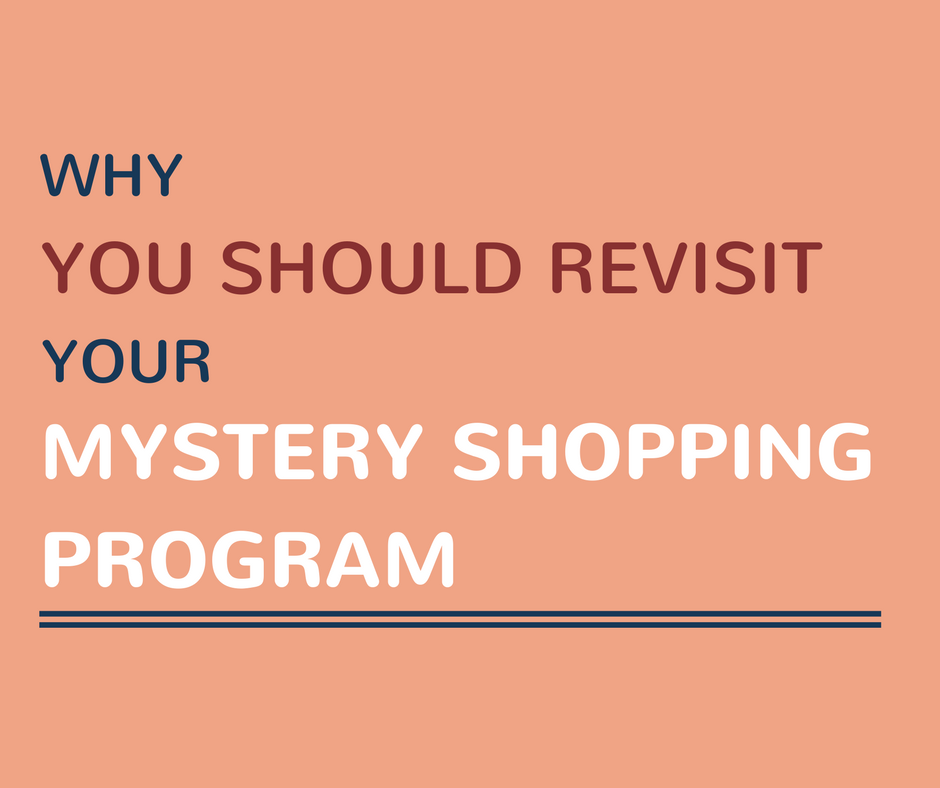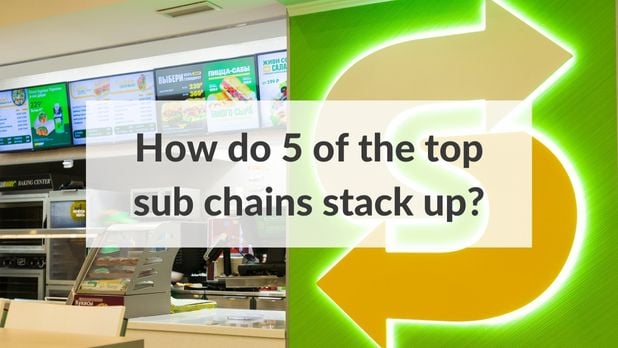Why You Should Revisit Your Mystery Shopping Program
When running a mystery shopping program at your business, sometimes it can feel like all it requires is simply putting a program in place, and then...

Over decades of managing mystery shopping programs, we've seen time and time again that the overall success of a program hinges on the initial design.
We've worked with brands across countless industries, and while specifics vary, the initial steps to launching a mystery shopping program are the same.
Whether you're building a program yourself or evaluating potential third party vendors, we want to walk you through the main 4 steps we follow so you can approach your next program like a pro.
The objective of any mystery shopping program is to obtain an unbiased analysis of your business from the consumer’s perspective using metrics designed for measuring customer experience.
But the more you can focus your individual programs - that's right, you can run more than one - the easier it will be to drive actionable insights.
What is the goal? How will you be using the results to improve your business? What will you do with the data? The answers to these questions are crucial to determining what data you need to collect and how your reporting should be organized.
Once you’ve determined your program's overall goal, the next step is to determine what key metrics will allow you to measure change over time.
These could be anything from elements of the sales process, employee availability, how customers are greeted, aspects of a promotion, or any other metric that is critical to your customer experience.
Keep your key metrics centered around the “why” to avoid analysis paralysis—getting stuck overthinking extensive data rather than taking action on important insights.
It’s also important to remember that the mystery shoppers collecting data in the field are only human. They need to enter a location and behave the same way any other customer would while collecting the data you require.
Keep your key metrics simple, focused, and discreet. This approach minimizes the chances of human error, ensures the data collected is objective, and helps maintain the shopper's anonymity—protecting the overall integrity of your program.
Speaking of analysis paralysis, the reporting platform your program data feeds into will be crucial to its long-term success.
Look for a reporting platform that is flexible and allows you to visualize changes to your key metrics over time easily.
Consider who needs to see the data as well. Do all stakeholders need access to everything? For example, you may not want to share data from every location with individual location managers. A platform that supports permissions settings based on your business hierarchy will help protect sensitive information.
It's also important to have a plan in place for how you want to act on your results and use them to your advantage, whether good or bad.
Ensure that no matter what kind of results your locations are getting, they will be used to add value to your business. Processes for dealing with both positive and negative results should be established and communicated to staff.
To assess the data that will be coming in from the field, you will need a model to measure it against.
Defining the expected results will allow you to easily identify and address outliers as well as gauge improvement over time.
Your baseline can be derived either from your brand standards, such as whether a customer should be greeted by staff before they reach a certain threshold within the store or from current industry benchmarks.
Alternatively, you can use the initial measurements collected by your new program across all your locations to and use this to measure improvement over time.
Here’s a tip: Industry reports, market studies, and consumer surveys are great for seeing how your brand stacks up against the competition. We always share new consumer data, so check out our Customer Experience Trends page!
The success of your mystery shopping program is not just about the metrics and reporting; it also depends on partnering with the right company to carry out the assessments. Choosing the right mystery shopping partner is essential to ensure the accuracy and reliability of the data collected.
When selecting a mystery shopping partner, consider the following:
Working with a trusted mystery shopping partner who understands your business and can align with your objectives will enhance the effectiveness of your program and ensure you get actionable insights.
Regardless of your industry or company size, following these steps will help set your mystery shopping program up for success.
As always, if you need support with your program, our team is here to help. Simply fill out the Contact Us form, and one of our experts will get in touch to discuss your current challenges and what we could achieve together!
Want to learn more about Mystery Shopping programs that can help you uncover data-driven insights that drive business success? Check out our  .
.

When running a mystery shopping program at your business, sometimes it can feel like all it requires is simply putting a program in place, and then...

Whether you’re hankering for a hoagie, grinder, or hero, subs are popular among sandwich lovers everywhere. And, in Intouch Insight’s recent Flash...